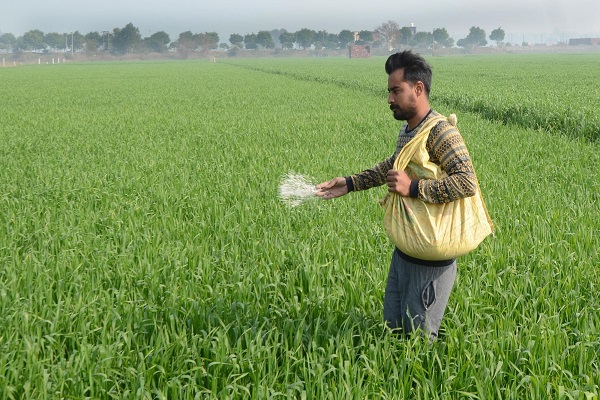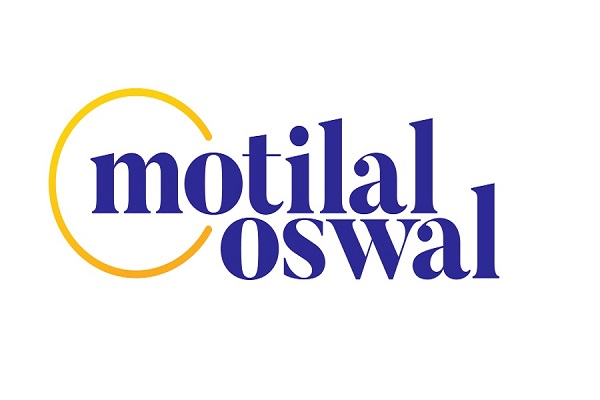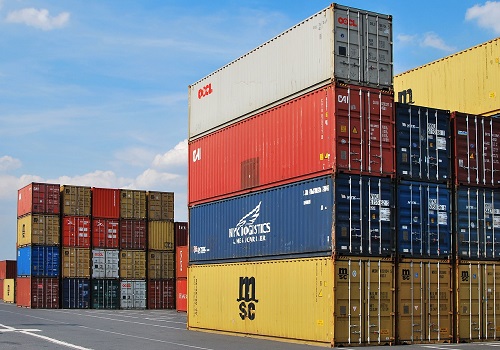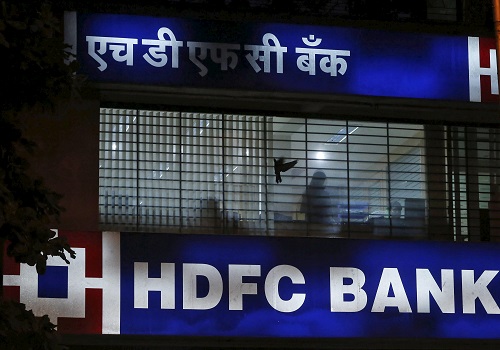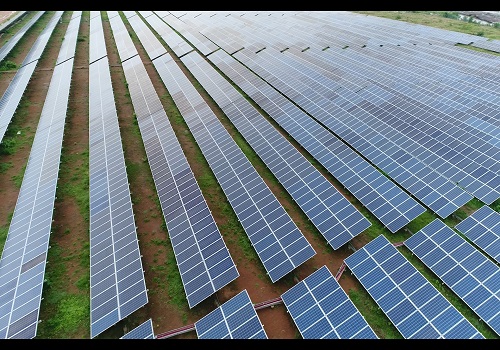Bangladesh Pledges Duty-Free U.S. Cotton Imports Amid Tariff Strain, Posing New Challenge for India by Amit Gupta, Kedia Advisory

Key Highlights:
* Bangladesh hit by a 37% reciprocal U.S. tariff on ready-made garment (RMG) exports
* To offset the impact, Dhaka offers to increase U.S. agricultural imports, including cotton
* Dedicated duty-free bonded warehouses for U.S. cotton are being finalized in Bangladesh
* U.S. share in Bangladesh’s cotton imports dropped from 11% to 6% in MY25
* India, which exports over $2 billion in cotton and yarn to Bangladesh, faces potential trade displacement
Bangladesh, the world’s second-largest exporter of ready-made garments after China, is taking significant steps to counter a new 37% reciprocal tariff imposed by the United States on its exports. In a letter addressed to U.S. President Donald Trump, Chief Adviser Muhammad Yunus requested a three-month deferral of the tariff and outlined a strategic package to boost U.S. exports to Bangladesh, with cotton being a central component.
The trade shift follows the Trump administration’s decision on April 2 to impose reciprocal tariffs on goods from 60 countries. Bangladesh’s key RMG sector, which generates 80% of its export earnings, now faces elevated duties, raising concerns about global competitiveness and order cancellations. In a proactive response, Bangladesh has offered duty-free import access to a wide range of U.S. farm products, including cotton, wheat, corn, and soybeans.
“To increase the speed to market of U.S. cotton, we are finalizing a dedicated bonded warehousing facility in Bangladesh where these goods will enjoy duty-free access,” Yunus wrote. The country also pledged to eliminate non-tariff barriers such as redundant testing, labeling, and customs delays to smooth the entry of U.S. goods.
The U.S. currently accounts for 11% of Bangladesh’s cotton imports, but that share declined to 6% in the first seven months of marketing year 2025. Logistics delays and a lack of “afloat” trade practices, where goods are sold while en route, have hampered the competitiveness of U.S. cotton compared to West African and Brazilian alternatives. Brazil and West Africa now make up over 60% of Bangladesh’s cotton imports, with their faster delivery timelines and competitive pricing giving them an edge.
Despite the U.S. cotton's recognized quality, spinning mills in Bangladesh have consistently expressed concerns over shipping delays and availability. U.S. cotton is typically shipped only after order confirmation, whereas other suppliers often use offshore warehousing and mid-transit sales strategies to cut down delivery time to as little as seven days.
Yunus’ government is also offering further tariff reductions on U.S. goods such as gas turbines, semiconductors, and medical equipment, in addition to encouraging private sector participation in importing U.S. agricultural commodities.
For India, these developments carry significant implications. With over $2 billion worth of cotton and yarn exported annually to Bangladesh, any shift in Dhaka’s sourcing preferences — especially toward U.S. suppliers — threatens to undercut Indian exporters. Several Indian textile firms operate factories in Bangladesh to take advantage of its duty-free access to Western markets. A stronger U.S.-Bangladesh trade corridor, incentivized by political necessity and economic urgency, may divert raw material demand away from India.
As Bangladesh accelerates its alignment with U.S. trade goals through tariff concessions and infrastructure commitments, India’s cotton export outlook faces added uncertainty. The changing dynamics underscore a competitive realignment in South Asia’s textile supply chain, one that could erode India’s longstanding position unless offset by policy or cost advantages. For now, the cotton trade triangle between India, Bangladesh, and the U.S. is being redrawn under the weight of tariff diplomacy and shifting global priorities.
Above views are of the author and not of the website kindly read disclaimer
